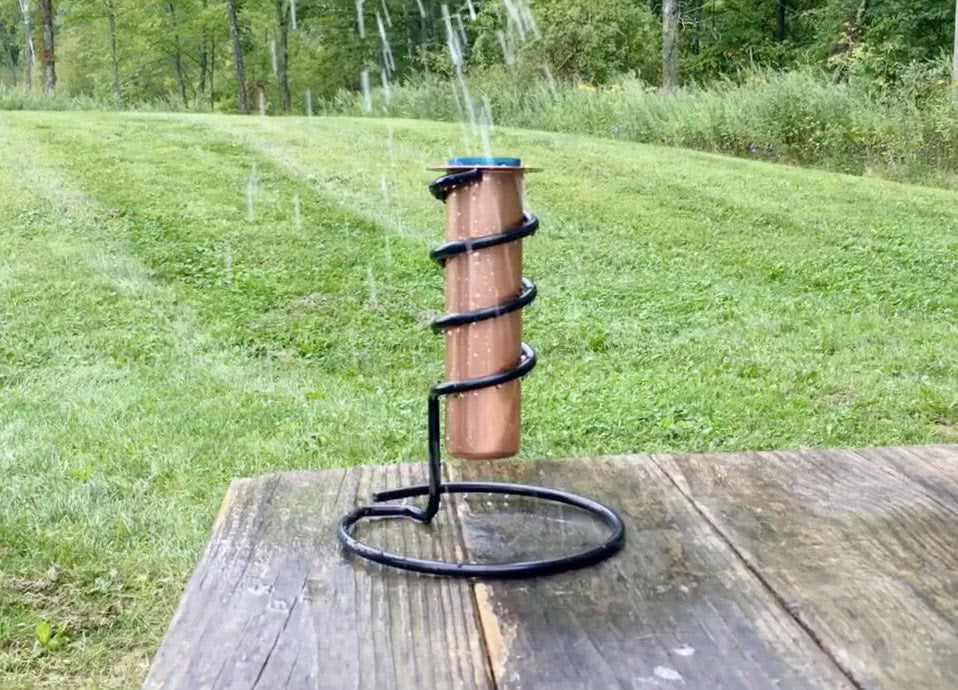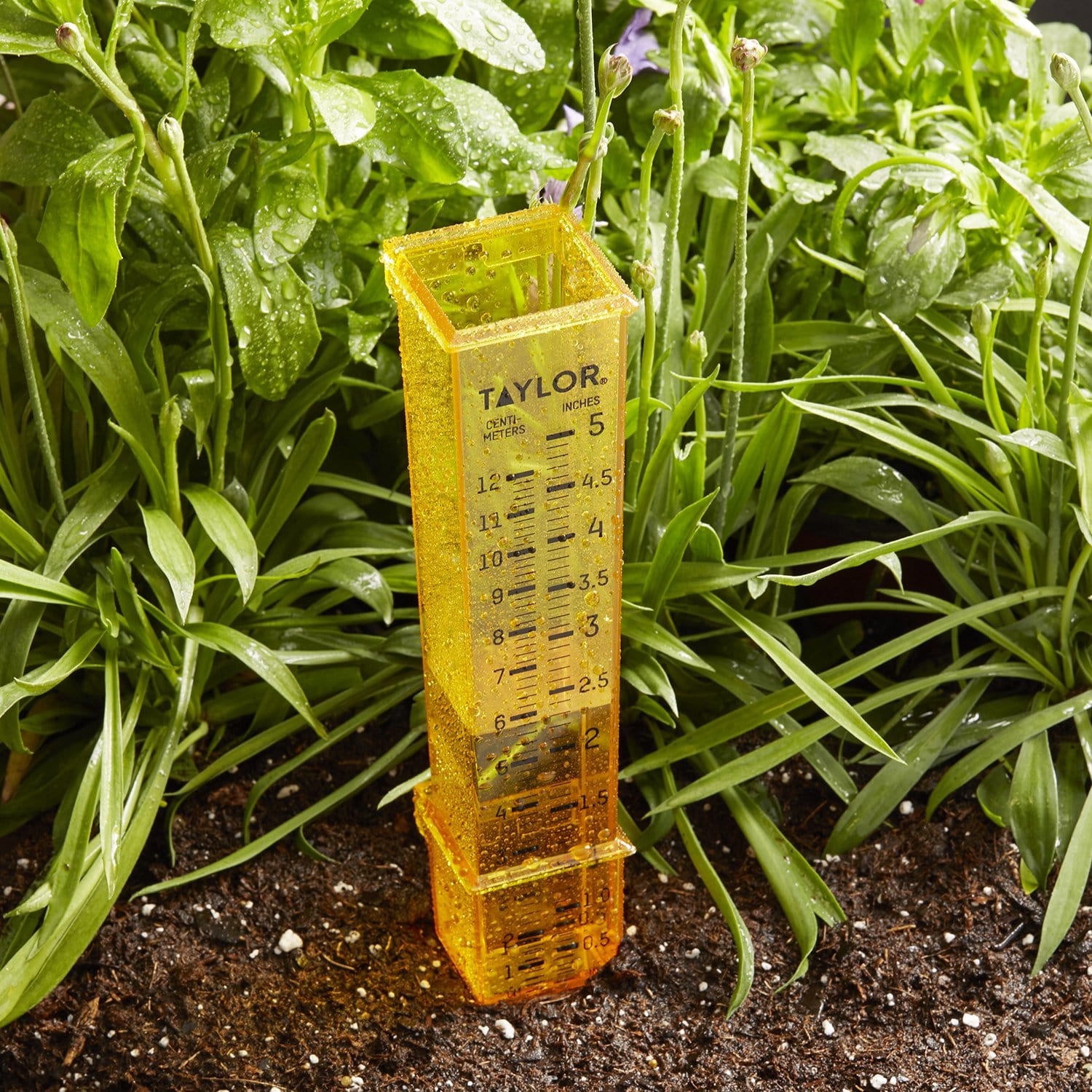The Rain Gauge: Enhancing Agricultural and Environmental Keeping An Eye On Initiatives
The Rain Gauge: Enhancing Agricultural and Environmental Keeping An Eye On Initiatives
Blog Article
DIY Rainfall Gauge: Straightforward Steps to Make Your Own
Are you interested in tracking rains in your location? Producing your very own DIY rainfall gauge is a reliable and easy means to tape and measure precipitation. With just a few usual materials and some standard steps, you can quickly create your own rainfall gauge in your home. In this guide, we will provide you with a detailed procedure to assist you develop your own rain scale. No need for any type of specialized knowledge or devices - this project can be completed by anyone. By complying with these straightforward instructions, you will have a reliable tool to determine rains and contribute to your understanding of the regional weather patterns. Let's obtain begun on making your Do it yourself rain scale today!
Gather Products
To start building your do it yourself rainfall gauge, gather all the needed materials making use of a comprehensive list of items. Having the right materials on hand will ensure the successful production of your rainfall gauge and permit exact dimensions of rainfall. First of all, you will need a clear plastic container or cyndrical tube, such as a plastic container or container. Ensure the container is transparent to make sure that you can conveniently see the water degree inside. Next, you will call for a leader or determining tape to note the increments on the container. This will certainly enable you to measure the quantity of rains accurately. Additionally, you will certainly require a permanent marker or waterproof tape to note the measurements on the container. When exposed to rain, this will certainly make sure that the markings stay noticeable also. You will need a durable base or risk to firmly hold your rain gauge in place. This can be a wooden or steel risk that can be inserted right into the ground or a durable level surface to offer stability. Collecting these materials ahead of time will simplify the building and construction process and make certain that you have whatever you require to create your own do it yourself rain scale.
Prepare the Container

Mark the Dimension Increments
To properly determine the amount of rains, precisely marking the measurement increments on your DIY rain gauge is crucial. Without exact and clear markings, it would certainly be difficult to identify the specific amount of rains collected in your rain gauge. Below are the actions to mark the dimension increments on your rain gauge.
The most common systems for measuring rainfall are millimeters and inches. Once you have actually chosen the system, use a permanent marker or water resistant paint to note the increments on the side of your rainfall gauge.
When marking the increments, it is essential to guarantee that they are equally spaced and clearly noticeable. Use a ruler or determining tape to ensure accuracy and consistency. Furthermore, ensure that the markings are resistant to fading or rubbing off, as direct exposure to the components may trigger them to weaken with time.
Place the Rain Gauge Outdoors
The rainfall scale need to be positioned outdoors to properly gather rainfall data. The location chosen for the rainfall scale must be open and complimentary from any type of obstructions that could possibly influence the measurement of rainfall. The Rain Gauge.
Additionally, it is crucial to place the rainfall gauge on a stable surface area, such as a degree ground or a durable message. This will protect against any type of motion or tilting of the gauge, which can cause incorrect measurements. It is additionally a good idea to prevent placing the scale near any type of sources of artificial water, such as lawn sprinklers or water drainage systems, as this might interfere with the precision of the dimensions.
Screen and Record Rain Information
Regular surveillance and recording of rains data is crucial for exact data analysis and analysis. By keeping track of rains measurements, you can obtain useful insights right into weather patterns, environment trends, and water source management. To successfully monitor and tape rainfall data, it is important to establish a regular and maintain regular practices.
First of all, ensure that your rain scale is positioned in an open area far from obstacles such as trees or structures that might obstruct rainfall. In addition, ensure the rainfall gauge is level and firmly anchored to stop any motion that can affect the precision of the dimensions.

When tape-recording the rainfall data, it is essential to keep in mind the day and time of each dimension. Make use of a ruler or a measuring adhere to establish the rains deepness in my latest blog post the rainfall scale, and document this details properly.
To make sure the precision of the dimensions, it is suggested to clear the rainfall gauge after each recording. This will certainly prevent any type of overflow or evaporation from influencing succeeding dimensions.
Conclusion
In conclusion, developing a DIY rainfall scale is a basic and sensible means to keep track of and record rains information (The Rain Gauge). By following the steps detailed in this post, you can quickly gather products, prepare the container, note the measurement increments, and place the rainfall scale outdoors. Consistently keeping an eye on and taping rainfall data can supply beneficial details for different functions
Having the right products on hand will certainly ensure the effective creation of your rain scale and allow for precise dimensions of rainfall.To precisely gauge the amount of rainfall, properly marking the measurement increments on your Do it yourself rainfall gauge is necessary.The rain gauge must be positioned outdoors try these out to accurately gather rains information. The location selected for the rainfall scale should be open and complimentary from any type of blockages that can possibly affect the measurement of rainfall.In final thought, developing a DIY rainfall gauge is a easy and sensible check this way to keep an eye on and videotape rains information.
Report this page